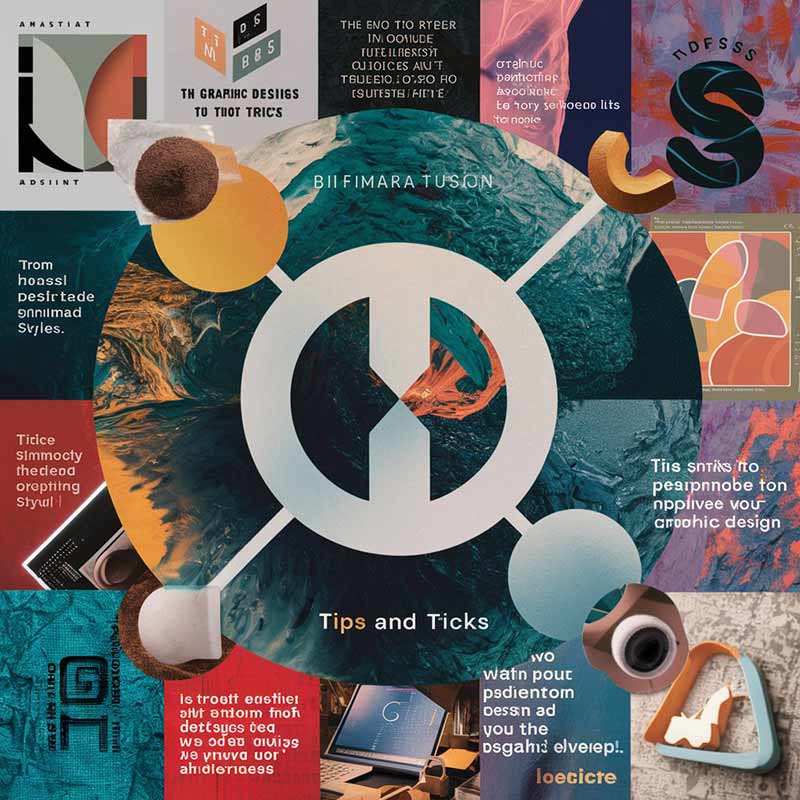How To Improve Graphic Design Skills
How To Improve Graphic Design Skills
Are you ready to take your graphic design skills to the next level? Whether you’re a seasoned designer looking to refine your craft or a beginner eager to dive into the world of design, there are always opportunities to enhance your abilities. In this comprehensive guide, we’ll explore a variety of techniques, resources, and tips to help you boost your graphic design prowess.
1. Introduction
Welcome to the ultimate guide on how to improve graphic design skills! Whether you’re a beginner looking to break into the field or a seasoned professional aiming to refine your craft, this article is your roadmap to success. With the ever-evolving landscape of design, it’s crucial to continuously enhance your skills to stay competitive and deliver exceptional results. In this guide, we’ll explore various strategies, tips, and resources to help you elevate your graphic design prowess and unleash your full creative potential.
2. Understanding the Fundamentals of Graphic Design
Before diving into advanced techniques, it’s essential to have a solid grasp of the fundamentals. From typography and color theory to layout and composition, mastering the basics lays the foundation for excellence in graphic design. Explore each element in-depth, experimenting with different styles and techniques to expand your repertoire.
2.1 Typography: The Art of Text Design
Typography plays a pivotal role in graphic design, influencing readability, mood, and overall aesthetics. Learn about font families, pairings, and hierarchy to create visually appealing and cohesive designs that effectively communicate your message.
2.2 Color Theory: Harnessing the Power of Color
Understanding color theory is essential for evoking emotions, establishing brand identity, and guiding user experience. Delve into the psychology of colors, learn about color harmonies, and experiment with palettes to create captivating visuals that resonate with your audience.
3. Exploring Advanced Design Techniques
Once you’ve mastered the fundamentals, it’s time to level up your skills with advanced design techniques. From intricate illustrations to dynamic animations, push the boundaries of creativity and innovation to set yourself apart in the competitive world of graphic design.
3.1 Illustration Mastery: Bringing Ideas to Life
Unlock the full potential of illustration in graphic design by honing your drawing skills, experimenting with different styles, and leveraging digital tools and software. Whether it’s vector art or digital painting, embrace your creativity and let your imagination soar.
3.2 Motion Graphics: Adding Dynamic Visuals
Take your designs to the next level with motion graphics, breathing life into static visuals and creating immersive experiences. Explore animation techniques, timing, and storytelling to craft compelling motion graphics that captivate and engage your audience.
4. Harnessing Technology and Tools
In the digital age, technology is a graphic designer’s best friend. From industry-standard software to cutting-edge plugins and resources, leverage the latest tools and technologies to streamline your workflow and enhance your productivity.
4.1 Mastering Design Software
Familiarize yourself with industry-leading design software such as Adobe Creative Cloud, Affinity Designer, and Sketch. Dive deep into each tool’s features and functionalities, exploring advanced techniques to unlock their full potential.
4.2 Exploring Online Resources and Communities
Tap into the vast array of online resources, tutorials, and communities available to graphic designers. From design forums and social media groups to educational platforms like Skillshare and Udemy, immerse yourself in a supportive network of fellow creatives and industry experts.
5. Continuous Learning and Growth
The journey to mastery is never-ending, and the key to sustained success in graphic design is continuous learning and growth. Stay curious, embrace challenges, and never stop pushing yourself to evolve and improve as a designer.
5.1 Setting Goals and Challenges
Set clear and achievable goals for your professional development, whether it’s mastering a new technique, expanding your skill set, or pursuing certification. Challenge yourself to step outside your comfort zone and embrace new growth opportunities.

5.2 Seeking Feedback and Collaboration
Seek feedback from peers, mentors, and clients to gain valuable insights and perspectives on your work. Embrace collaboration and constructive criticism as opportunities for learning and refinement, and always strive to iterate and improve upon your designs.
FAQs (Frequently Asked Questions)
1. How can I improve my graphic design skills without formal education?
Self-learning is key in graphic design. Utilize online tutorials, courses, and practice regularly to enhance your skills and build a strong portfolio.
2. What are some essential tools for graphic designers?
Adobe Creative Cloud, including Photoshop, Illustrator, and InDesign, is widely used in the industry. Other tools like Sketch and Affinity Designer also offer powerful features for design professionals.
3. How can I stay updated with the latest trends in graphic design?
Stay updated on emerging trends and best practices by following design blogs, participating in webinars and conferences, and actively engaging with the design community on social media platforms.
4. What role does creativity play in graphic design?
Creativity is the driving force behind impactful design. It enables designers to think outside the box, solve problems innovatively, and create visually stunning and memorable designs.
5. How important is it to understand user experience (UX) in graphic design?
User experience is paramount in graphic design, as it directly impacts how users interact with and perceive your designs. Understanding UX principles ensures that your designs are intuitive, user-friendly, and effective in achieving their objectives.
6. What are some common mistakes to avoid in graphic design?
Common mistakes include neglecting typography, overcrowding designs, ignoring whitespace, and failing to consider accessibility and usability principles. Attention to detail and adherence to design principles can help avoid these pitfalls.
Conclusion
Elevating your graphic design skills is a journey of continuous learning, experimentation, and growth. By mastering the fundamentals, exploring advanced techniques, harnessing technology, and fostering a mindset of continuous improvement, you can unlock your full potential as a graphic designer and create impactful, visually stunning designs that leave a lasting impression.

